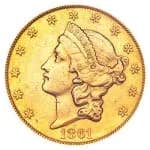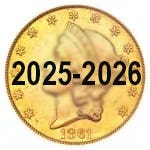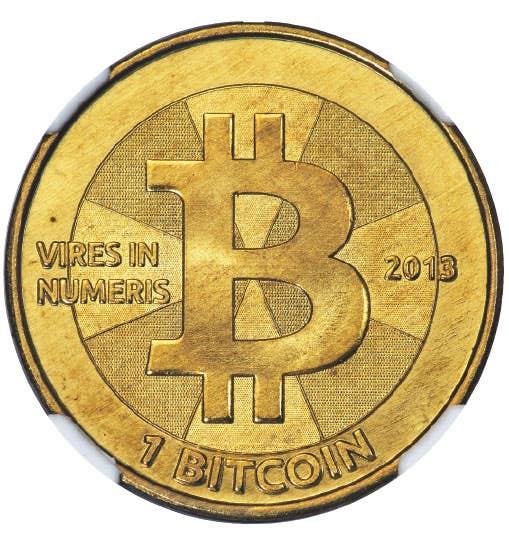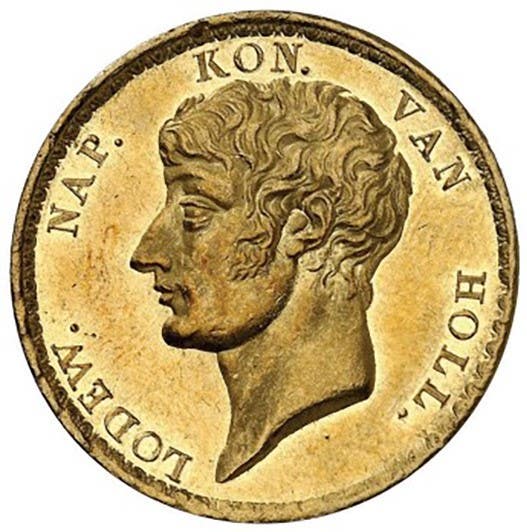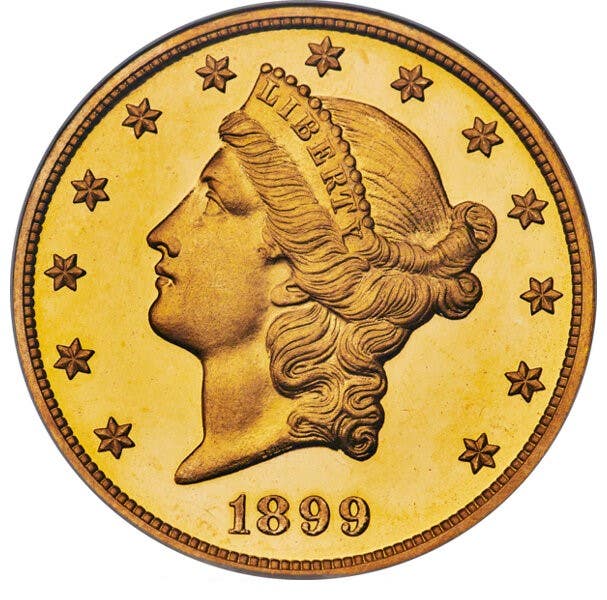Flood of 1936 commemoratives hurt sales
Maybe they should have just forgotten about commemoratives back in 1937. The coins were likely to see poor sales and problems because there had been far too many issues the previous year.
Maybe they should have just forgotten about commemoratives back in 1937. The coins were likely to see poor sales and problems because there had been far too many issues the previous year, but the relationship between too many issues and too few sales had not been established.
Commemoratives have to be approved well before the coin is offered, and that is before anyone realizes that sales of other issues are not what was expected.
The 350th anniversary of the Roanoke Island colony and the Battle of Antietam and were the only two half dollars created in 1937. The coins had more national meaning than most issues produced in 1936, but by 1937 the interest was fading.
There was a celebration in Old Fort Raleigh in 1937 to commemorate the 350th anniversary of Sir Walter Raleigh?s ?Lost Colony? and the birth of Virginia Dare, the first white child to be born in British North America. Since commemoratives and celebrations seem to go together, it probably wasn?t hard to get approval for a commemorative.
The 1937 Roanoke Island 350th anniversary half dollar was designed by Baltimore artist William Marks Simpson, who was on something of an artistic hot streak at the time. He designed the Antietam half dollar and joined his wife to do the 1936 Norfolk, Va., half dollar.
The obverse features a portrait of Sir Walter Raliegh. The reverse shows Ellinor Dare holding her new child, Virginia. The coin features so much writing that it might take away from the design. Apparently they felt it necessary to include, ?The Birth of Virginia Dare? and the dates 1587-1937, even though 1937 was already on the obverse.
The writing, however, did not hurt sales. The flood of commemoratives in 1936 was what really hurt sales. The Antietam and Roanoke Island sales combined did not reach 50,000.
There was an initial 25,015 mintage of the Roanoke Island half dollar in January followed by an identical number in June. The first mintage sold out, but not much of a dent was made in the second mintage. It ended up selling a total of 29,030. It appears that the sales were not even that high during 1937, since it was sold for a number of years after first being offered.
Apparently there were no significant hoards of the Roanoke Island half dollar. Both collectors and dealers were swamped with too many coins in the 1930s. In some of the early commemorative programs important dealers had acquired a majority of entire mintages.
The Roanoke Island half dollar, despite a relatively small mintage, is available today in MS-60 for $285, while an MS-65 is just $310. Most are MS-65 or close, so one can acquire a nice coin in a top grade for relatively little. That?s always a good combination.

